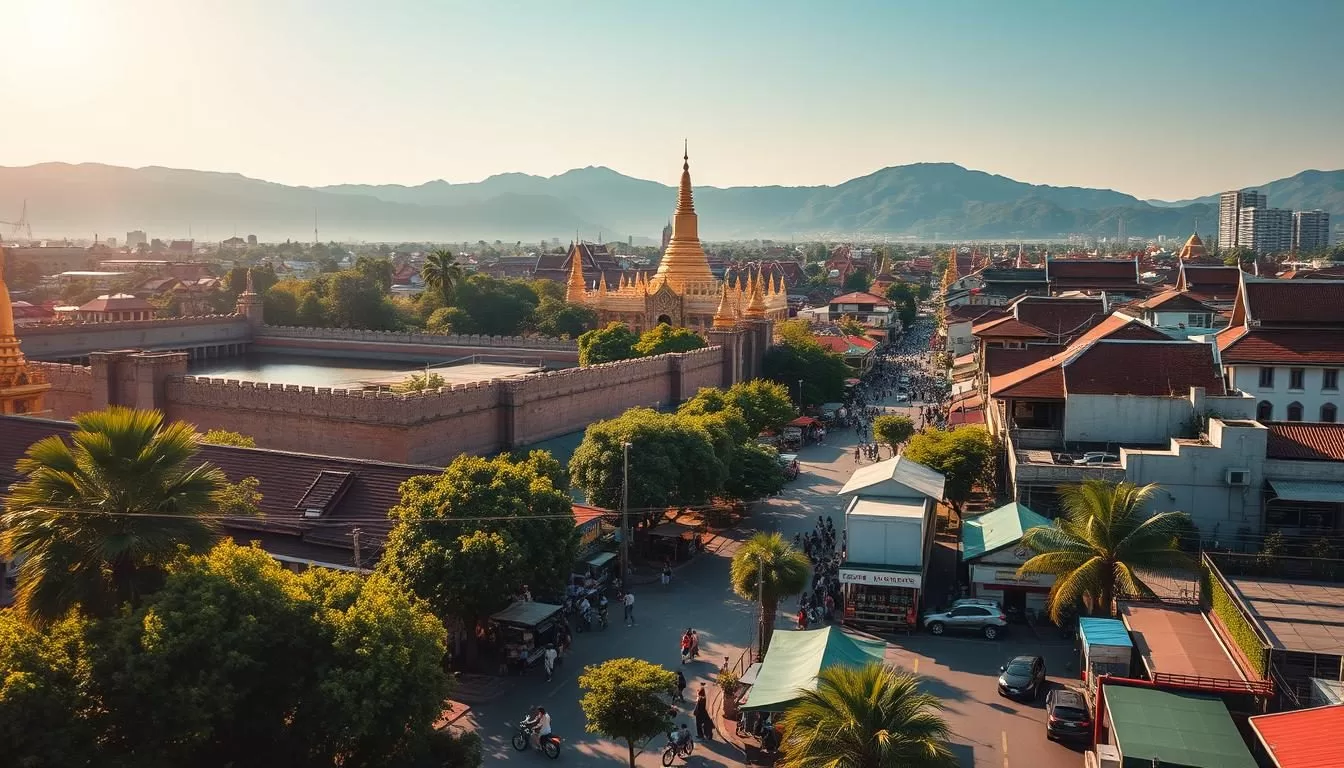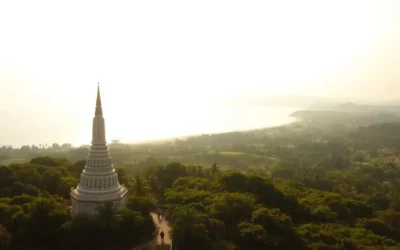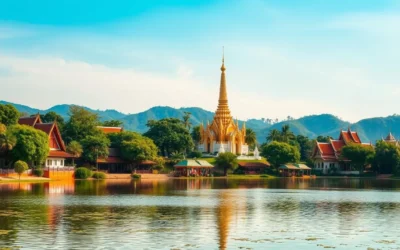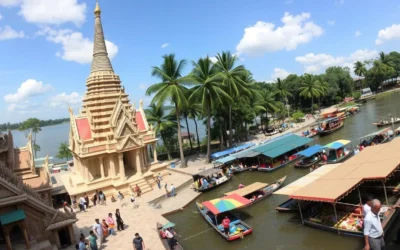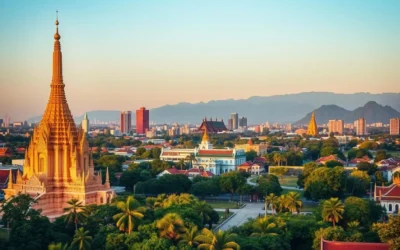Welcome to my Chiang Mai Travel Guide. You’re about to uncover the top attractions and experiences that make this northern city a must-visit destination. Unlike Thailand’s bustling beaches, Chiang Mai offers a unique blend of ancient traditions, modern comforts, and stunning natural beauty.
As you explore this enchanting city, you’ll discover a perfect blend of cultural heritage and modern charm. From iconic temples to ethical elephant sanctuaries, and from trendy cafes to vibrant markets, there’s no shortage of things to see and do. Whether you’re planning a short visit or an extended stay, this guide will help you make the most of your time in Chiang Mai.
Discovering Chiang Mai: Thailand’s Northern Gem
As the cultural heart of northern Thailand, Chiang Mai offers a unique blend of historical charm and contemporary delights. Founded in 1296 as the capital of the ancient Lanna Kingdom, the city still preserves much of its historic charm within its old city walls. You can explore the city’s many attractions comfortably between November and April, when temperatures range from 20°C (68°F) to 30°C (86°F).
When to Visit Chiang Mai
The best time to visit Chiang Mai is between November and January, when the weather is pleasant and rainfall is minimal. This period is ideal for exploring outdoor attractions and temples. Make sure to avoid the smokey season from February to April, when poor air quality can significantly impact your experience.
How to Get Around the City
Getting around Chiang Mai is convenient, with several options available. You can rent a scooter or car for maximum flexibility, use the Grab app for affordable rides, or hop on a songthaew (red shared taxi trucks) for an authentic local experience. The compact Old City is highly walkable, with major temples and attractions within a 20-30 minute walk of each other. For outlying attractions like Doi Suthep, motorized transport is recommended.
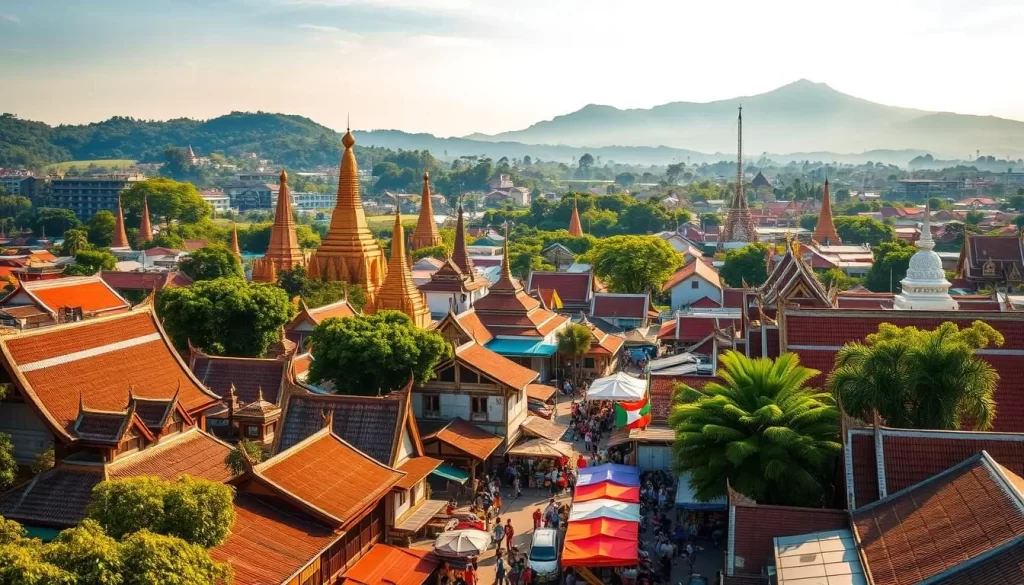
Must-Visit Temples in Chiang Mai
As you explore Chiang Mai, you’ll discover a treasure trove of temples that showcase the city’s cultural and spiritual essence. Chiang Mai is home to over 300 temples, each with its unique architectural features and spiritual significance that reflect the region’s rich Lanna heritage.
Wat Phra That Doi Suthep
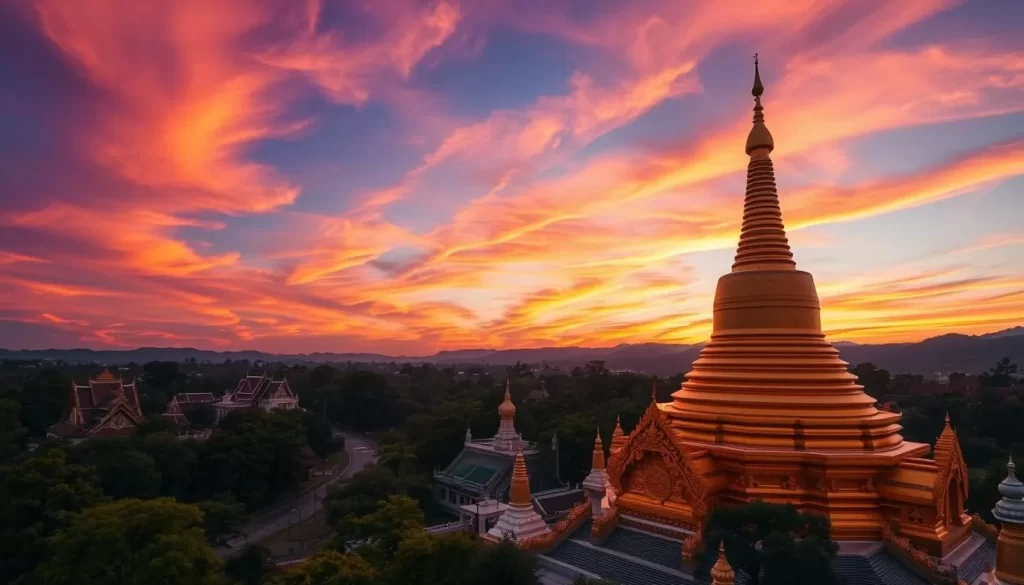
Wat Phra That Doi Suthep is a must-visit temple in Chiang Mai, perched on a mountain 15km from the city center. The temple offers panoramic views of Chiang Mai and features a golden stupa that contains Buddha relics and literally glows at sunset. To reach the temple, you can either climb 306 steps flanked by naga serpent statues or take a cable car for 50 baht.
Wat Pha Lat: The Hidden Jungle Temple
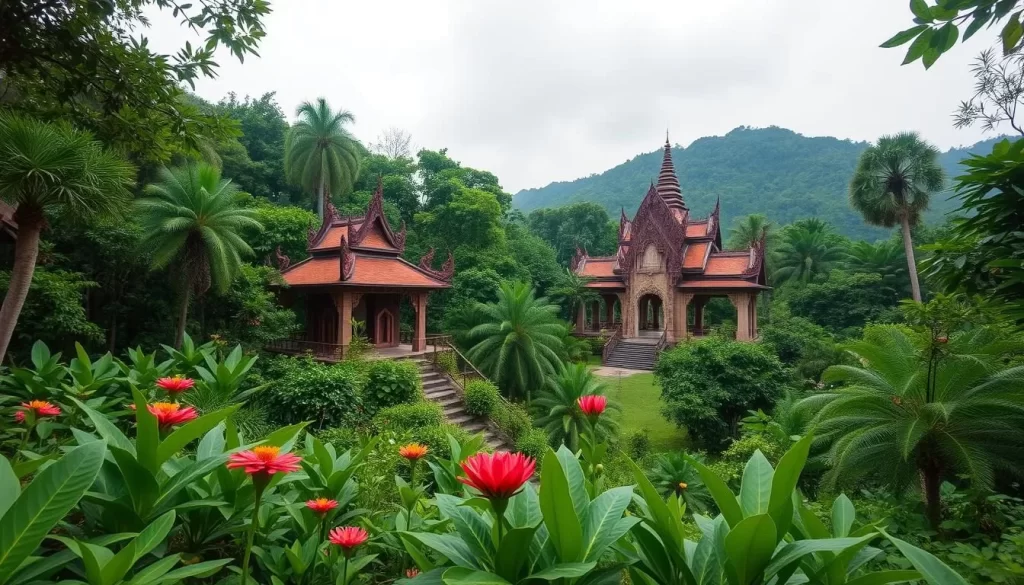
For a more serene experience, visit Wat Pha Lat, the “hidden jungle temple,” accessible via the scenic Monk’s Trail hike or by car. This small monk temple on the way to Doi Suthep features moss-covered stone structures and Buddha statues nestled among streams and forest, offering a peaceful retreat from the crowds.
Old City Temples Worth Exploring
Within Chiang Mai’s Old City, several temples are worth visiting, including Wat Phra Singh, home to the revered Lion Buddha image, Wat Chedi Luang with its massive partially ruined 15th-century chedi, and Wat Chiang Man, the oldest temple in the city dating back to 1297. These temples provide a glimpse into Chiang Mai’s rich history and cultural heritage.
Ethical Elephant Experiences
Elephant sanctuaries are a highlight of any Chiang Mai trip, yet the ethics behind them vary greatly. When you’re planning to visit these sanctuaries, it’s crucial to choose ones that prioritize elephant welfare.
Truly ethical elephant experiences in Chiang Mai follow a hands-off approach, allowing visitors to observe elephants in natural settings without riding, bathing, or direct contact that can stress these sensitive animals.
Chang Chill Elephant Sanctuary
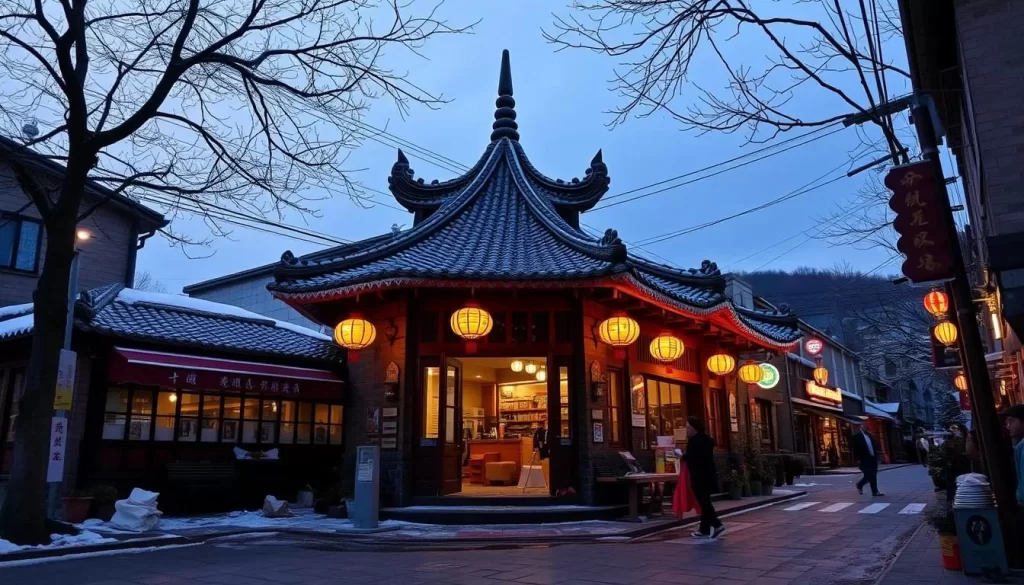
Chang Chill Elephant Sanctuary leads the way in ethical elephant tourism. Here, rescued elephants roam freely while visitors observe from a distance, learn about elephant behavior, and help prepare food without direct feeding.
The full-day experience at Chang Chill includes hotel transfers, a vegetarian lunch, and educational components about elephant conservation efforts in Thailand, making it well worth the higher price point (approximately 2,500 baht/$75 USD).
Other Ethical Sanctuaries to Consider
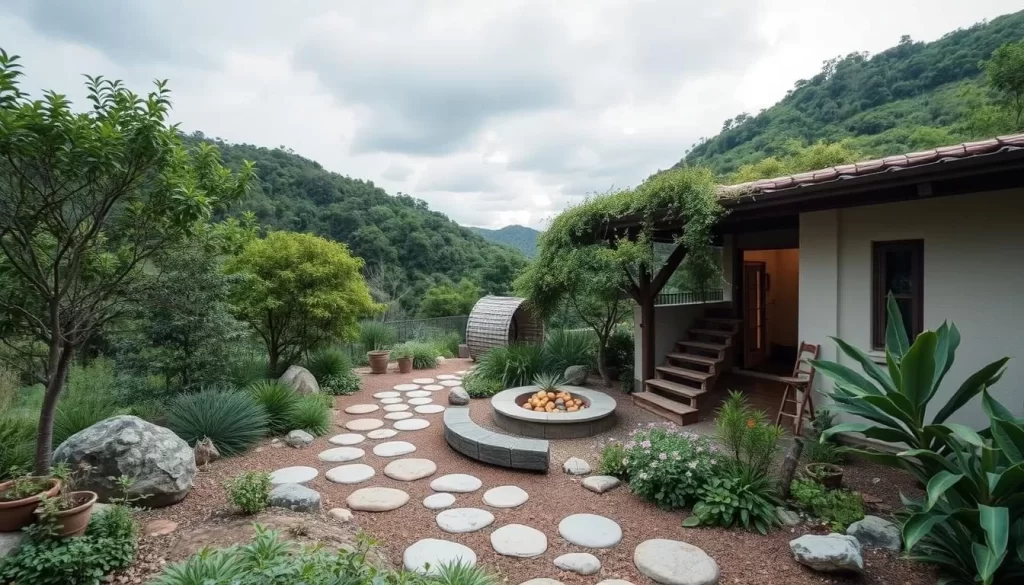
Other ethical options include Burm and Emily’s Elephant Sanctuary and Elephant Nature Park, both focusing on the rehabilitation of former working elephants and maintaining strict no-riding, no-bathing policies.
These sanctuaries respect the elephants’ natural behaviors, providing a safe and nurturing environment. When visiting Chiang Mai, supporting these ethical sanctuaries is a great way to promote elephant welfare.
Chiang Mai’s Culinary Delights
Chiang Mai, known as Thailand’s culinary capital, offers a diverse range of Northern Thai cuisine that is distinct from other Thai regions. The city’s culinary scene is characterized by bold flavors, fresh ingredients, and a blend of traditional cooking techniques.
Must-Try Northern Thai Dishes
Northern Thai cuisine is known for its rich and slightly spicy flavors, with Khao Soi being one of its signature dishes. This coconut curry soup is served with both soft and crispy egg noodles, typically accompanied by chicken or beef, and customized with pickled vegetables, lime, and chili oil.
Other must-try dishes include sai oua (herb-packed Northern Thai sausage), nam prik ong (tomato chili dip), and larb (spicy minced meat salad). Sticky rice is a staple accompaniment to most Northern Thai meals.
Best Local Restaurants
For an authentic dining experience, head to Khao Soi Maesai, renowned for its Khao Soi. Another recommendation is Huen Muan Jai, which serves traditional Northern Thai dishes. You can also visit the North Gate Market to try the famous “Cowboy Hat Lady” pork leg rice.
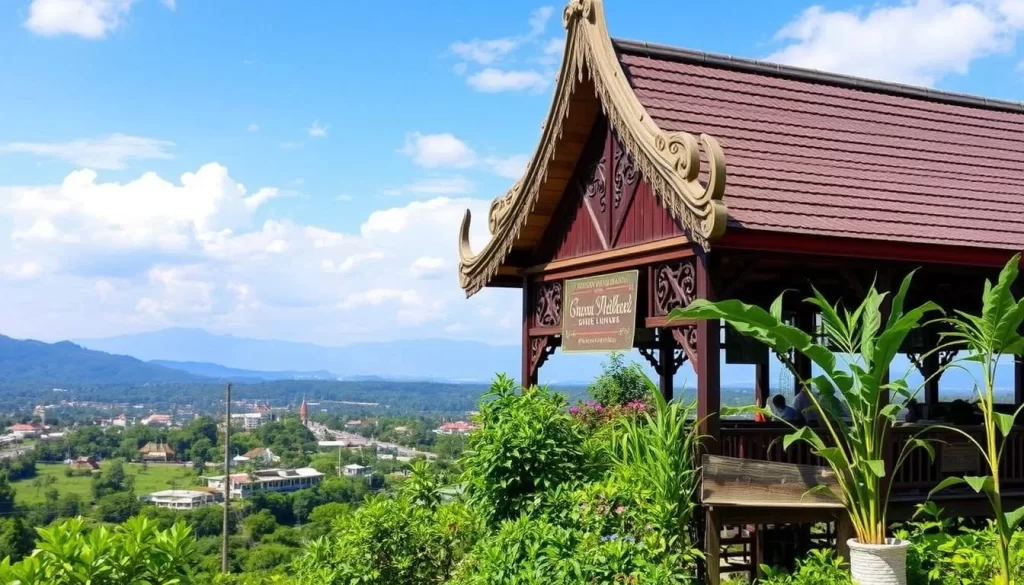
Cooking Classes in Chiang Mai
To delve deeper into Northern Thai cuisine, consider joining a cooking class. Schools like Grandma’s Cooking School and Asia Scenic offer hands-on cooking experiences, taking you from local markets to the kitchen where you can learn to prepare 4-6 dishes.
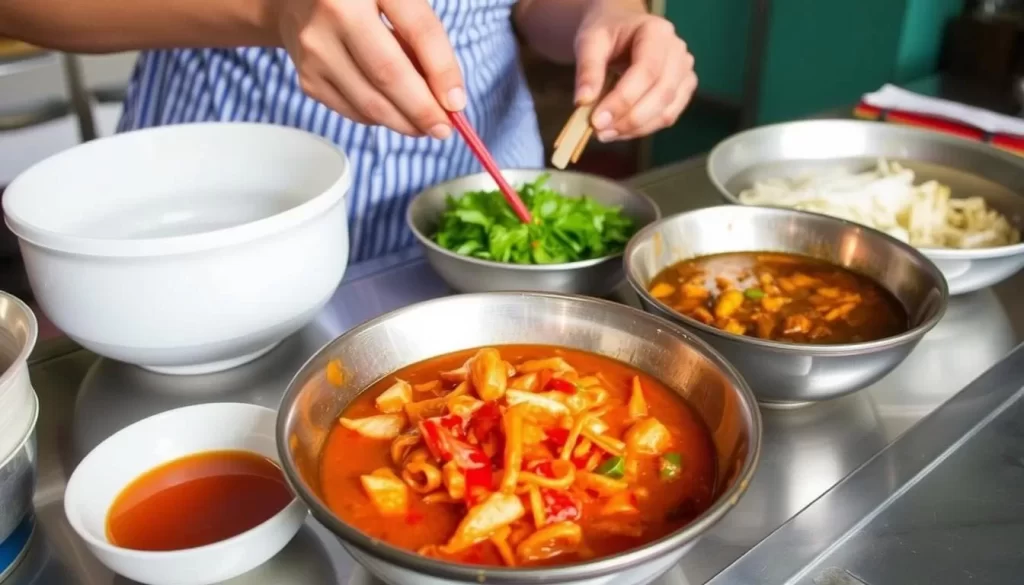
Exploring Chiang Mai’s Vibrant Markets
As you wander through Chiang Mai, you’ll discover that its markets are an integral part of the city’s charm. These bustling hubs offer a wide range of cultural experiences, from sampling local street food to shopping for handcrafted souvenirs.
Sunday Night Walking Street
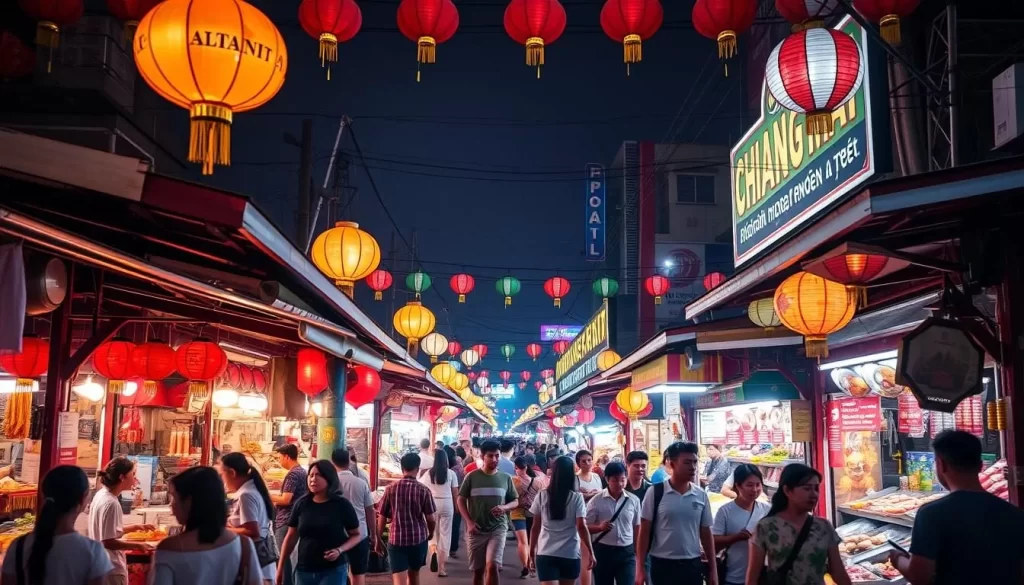
The Sunday Night Walking Street transforms the Old City’s Rachadamnoen Road into a pedestrian-only wonderland, filled with food stalls, handicrafts, and street performances from 4 pm until around 11 pm. It’s the most popular market experience in Chiang Mai, offering a taste of local culture and cuisine.
Night Bazaar and Other Evening Markets
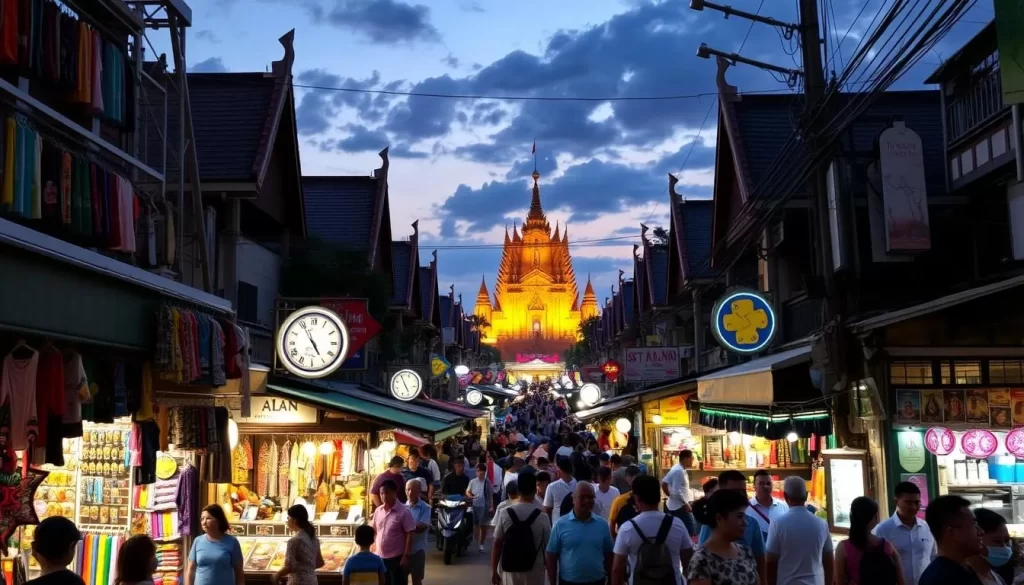
Chiang Mai Night Bazaar runs every evening along Chang Khlan Road, offering a diverse range of goods, including traditional handicrafts and modern souvenirs. The adjacent Ploen Ruedee Night Market adds to the excitement with its international food trucks and live music.
Warorot Market: A Local Experience
Warorot Market (Kad Luang) provides a glimpse into authentic local life, housed in a three-story building near the Ping River. Locals shop here for fresh produce, spices, dried goods, and clothing at prices much lower than those found in tourist-oriented markets.
In addition to these markets, Chiang Mai offers a variety of specialty markets, including the Saturday Night Walking Street on Wua Lai Road, known for its silver crafts, and the Ton Lam Yai Flower Market, which is open 24 hours and boasts its best selection in the early morning.
Unique Cafés and Coffee Culture
The city of Chiang Mai is renowned for its extraordinary café culture, showcasing northern Thailand’s finest coffee beans. As you explore the city, you’ll discover a myriad of unique cafes that not only serve exceptional coffee but also provide an immersive experience.
Carp Cafe: Dining Among Fish
Imagine sipping on an iced latte while watching giant koi fish swim beneath your feet. Carp Cafe offers this unique experience, with glass floors and walls that allow you to dine among hundreds of colorful koi fish. The cafe serves a range of Japanese and Thai cuisine, including sushi. You can even purchase food to feed the koi during your visit.

Instagram-Worthy Cafés in Chiang Mai
The Nimman area is home to some of Chiang Mai’s most Instagram-worthy cafes. MARS Cafe is a favorite among visitors, with its flower-filled interior. Ristr8to is known for its award-winning latte art and minimalist concrete aesthetic. Other notable mentions include Gallery Seescape, which combines art exhibitions with excellent coffee, and The Barn: Eatery & Design, offering a peaceful riverside setting.
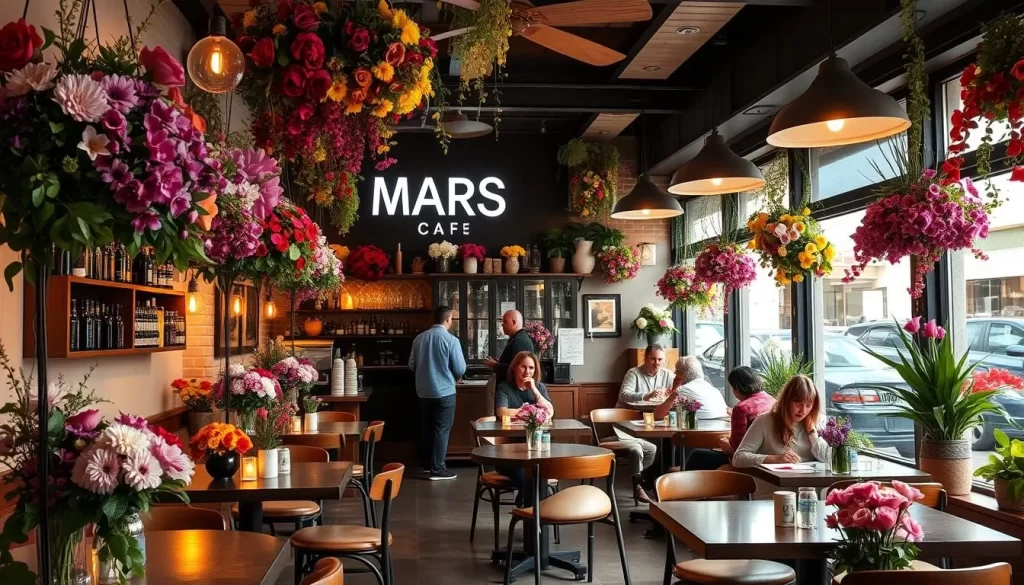
Chiang Mai’s café culture is a reflection of the city’s creative and relaxed vibe. Whether you’re looking for a unique dining experience or just a great cup of coffee, Chiang Mai’s cafes have something to offer.
Day Trips from Chiang Mai
Day trips from Chiang Mai are a great way to experience the best of northern Thailand, from lush national parks to unique water attractions. With several spectacular destinations within 1-2 hours of the city, you can easily explore the region’s natural wonders and cultural heritage.
Doi Inthanon National Park
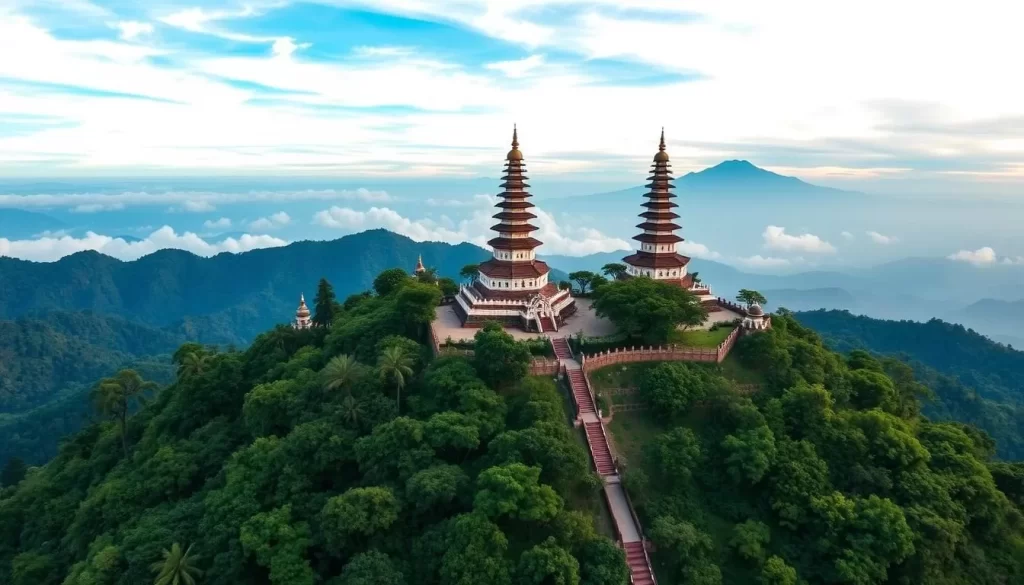
Doi Inthanon National Park is home to Thailand’s highest peak at 8,415 feet, offering a refreshingly cool climate, stunning twin pagodas built to honor the Thai King and Queen, multiple waterfalls, and hiking trails through cloud forests with unique flora and fauna. You can explore the park’s natural beauty and enjoy the scenic views from the top.
Sticky Waterfalls (Bua Thong)
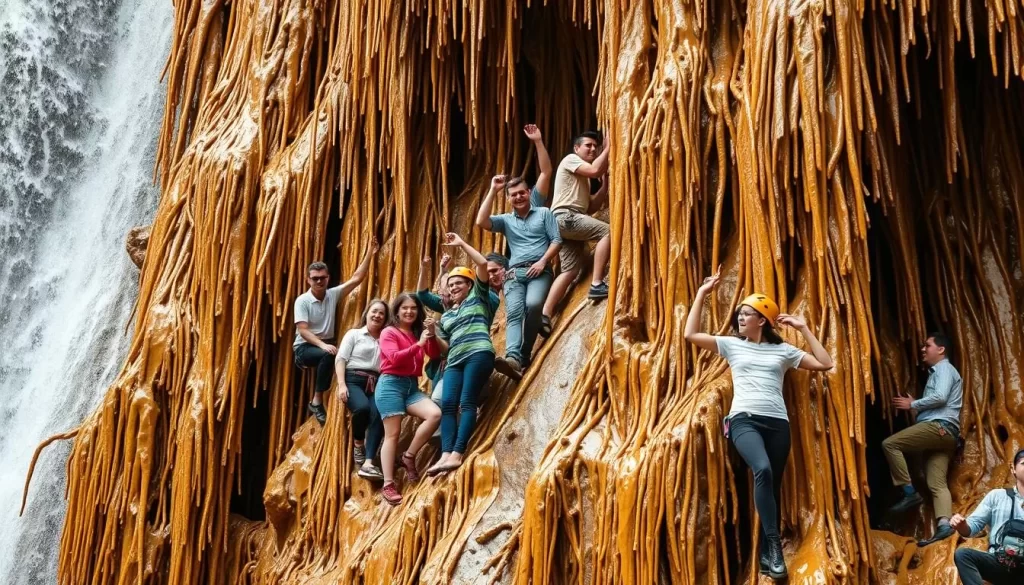
The Sticky Waterfalls (Bua Thong) provide a unique water experience where mineral deposits create a naturally grippy surface, allowing you to climb up the cascading water without slipping. This relatively uncrowded spot is a must-visit for nature lovers and adventure seekers.
Grand Canyon Water Park

Chiang Mai’s Grand Canyon Water Park is an exciting day trip destination, transformed from an abandoned limestone quarry into a recreation area with turquoise waters. You can enjoy inflatable obstacle courses, cliff jumping, and relaxing float sessions, making it a fun day out for everyone.
These day trips from Chiang Mai offer a mix of adventure, natural beauty, and relaxation, catering to different interests and preferences. Whether you’re looking for outdoor activities or simply want to explore the region’s attractions, there’s something for everyone within easy reach from Chiang Mai.
Chiang Mai, Thailand: Best Things to Do for Adventure Seekers
Adventure awaits in Chiang Mai, where you can indulge in various thrilling experiences that showcase the region’s natural beauty. Beyond its cultural attractions, Chiang Mai offers plenty of options for adventure seekers looking to get their adrenaline pumping in northern Thailand’s beautiful natural landscapes.
Bamboo Rafting and River Adventures
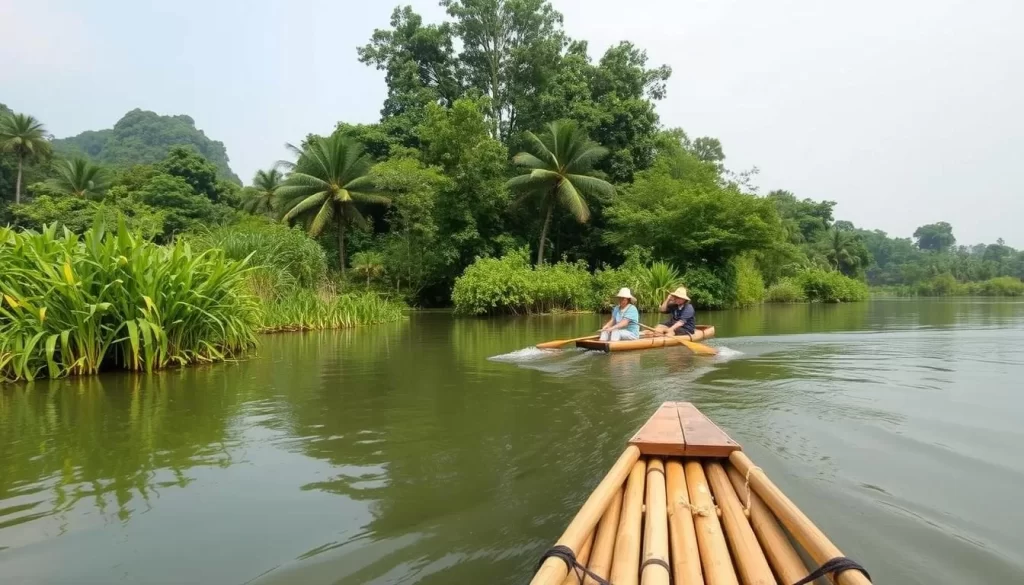
Bamboo rafting provides a perfect blend of relaxation and adventure as you float down gentle rivers on traditional handmade bamboo rafts, guided by locals who navigate the waterways while pointing out wildlife and explaining the surrounding ecosystem. For the best experience, book a morning tour around 9 am before the midday heat becomes intense.
Hiking the Monk’s Trail

The Monk’s Trail offers an accessible hiking experience that combines nature and culture, starting from the Suthep area and winding through lush forest to the hidden Wat Pha Lat temple before continuing upward to the famous Doi Suthep temple. Depending on your fitness level, it can take roughly 90 minutes one-way.
Other adventure options in Chiang Mai include ziplining through the jungle canopy with Flight of the Gibbon, mountain biking down Doi Suthep with experienced guides, and whitewater rafting on the Mae Taeng River during the rainy season (August-October) when water levels are optimal.
Cultural Experiences and Wellness Activities
From rejuvenating spa treatments to enlightening cultural experiences, Chiang Mai is a haven for those seeking a holistic travel experience. You can indulge in various activities that will nourish your body, mind, and spirit.
Traditional Thai Massage

Traditional Thai massage in Chiang Mai is both an authentic cultural experience and therapeutic treatment. You can choose from a range of options, from budget-friendly street-front shops (200-300 baht/hour) to luxurious spa experiences in serene settings (800+ baht/hour). For quality Thai massage at reasonable prices, consider the Women’s Massage Center by Ex-Prisoners, which provides rehabilitation opportunities for formerly incarcerated women while offering excellent treatments in a clean, professional environment.
Meditation Retreats and Monk Chats
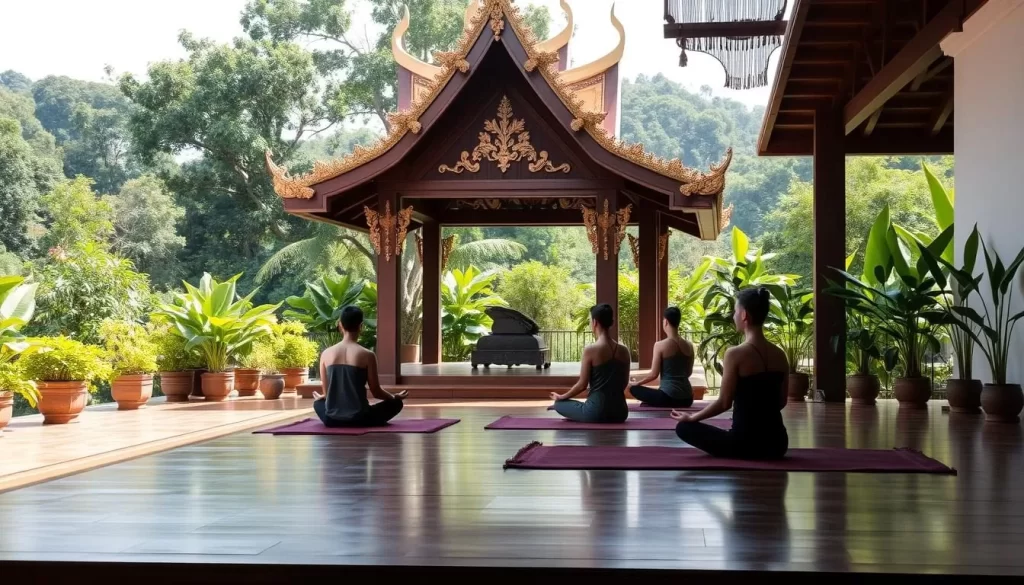
Meditation retreats at Wat Suan Dok provide accessible entry points to Buddhist practice. You can participate in one-day programs (Mondays and Fridays) that offer instruction in walking and sitting meditation, dharma talks, and vegetarian meals in a peaceful temple setting. Additionally, Monk Chat programs at several temples, including Wat Chedi Luang and Wat Suan Dok, offer casual opportunities to converse with English-speaking monks, ask questions about Buddhism, Thai culture, or monastic life while helping monks practice their English skills.
Where to Stay in Chiang Mai
When planning your trip to Chiang Mai, choosing the right area to stay is crucial. Chiang Mai offers a variety of accommodations that cater to different preferences and budgets, ensuring that you find the perfect home away from home.
Old City Accommodations
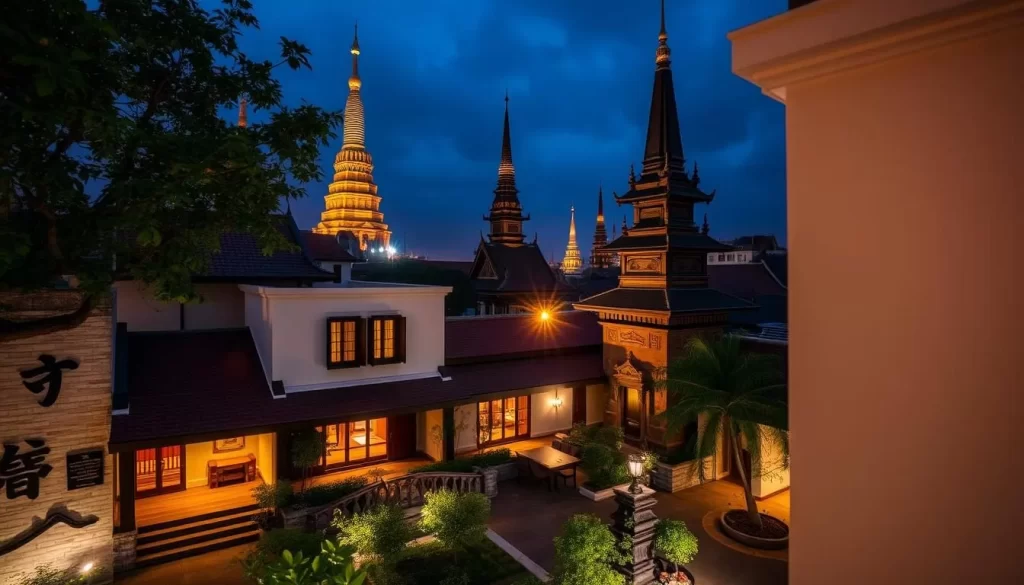
If you’re looking to immerse yourself in Chiang Mai’s history and culture, staying within the Old City walls is ideal. This area is perfect for exploring on foot, with numerous street markets, coffee shops, and temples nearby. You’ll find a mix of budget-friendly guesthouses and boutique hotels, such as The Inside House, which offers stylish rooms with private pools.
Nimman Area: Trendy and Modern
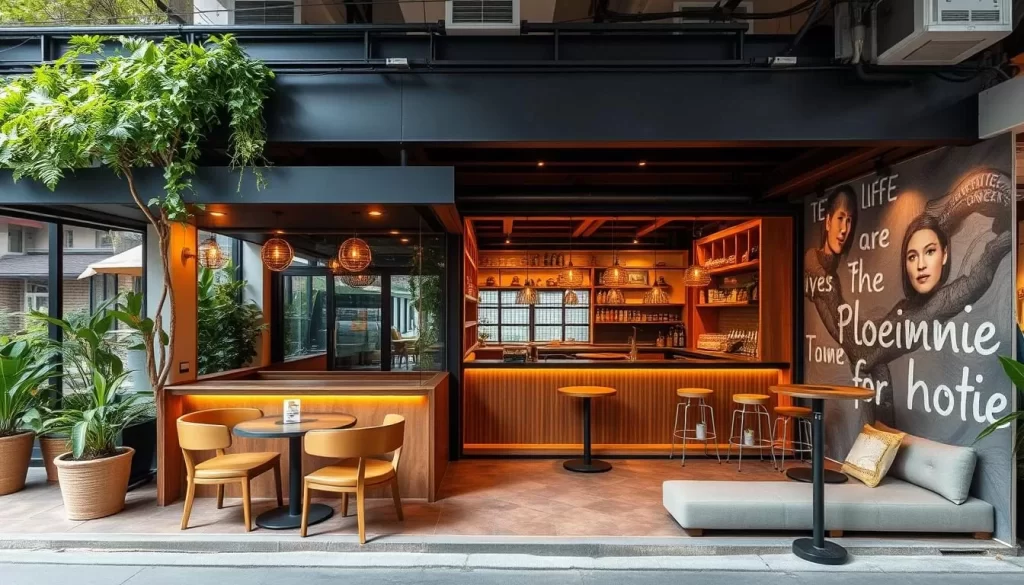
For a more modern Chiang Mai experience, the Nimman area is the place to be. Known for its cool cafés, rooftop bars, and digital nomad-friendly co-working spaces, Nimman is perfect for those who enjoy boutique shopping and a vibrant nightlife. Hotels like Akyra Manor offer luxury stays with rooftop pools and city views.
Riverside Luxury Options
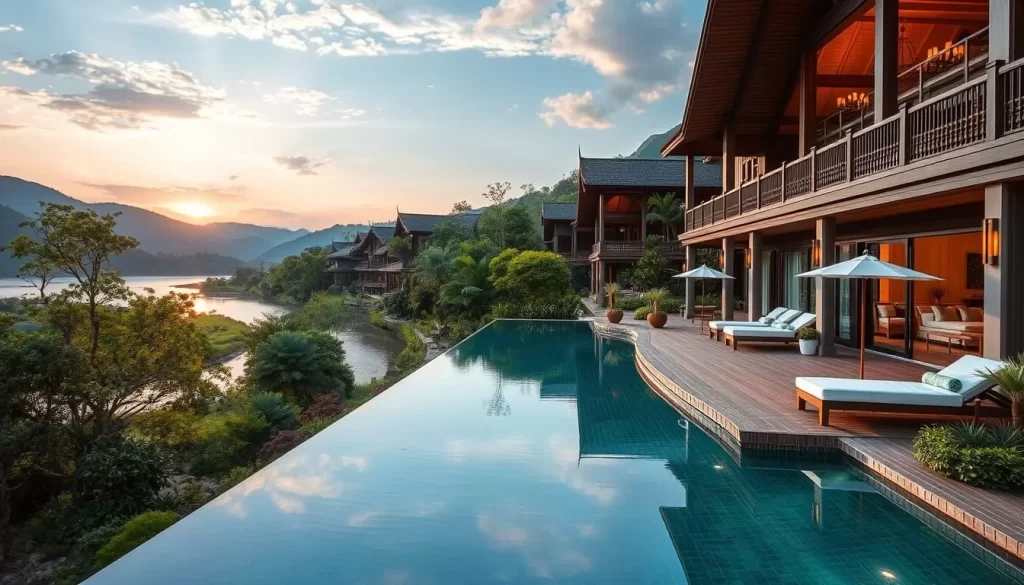
For a peaceful and scenic stay, Chiang Mai’s Riverside area is recommended. This region is known for its green spaces, luxury resorts, and laid-back riverside restaurants. Upscale options like 137 Pillars House and Anantara Chiang Mai Resort offer a tranquil retreat while still being within reach of major attractions.
Whether you’re looking for a budget-friendly guesthouse or a luxury resort, Chiang Mai has a wide range of accommodations to suit your needs, making it an ideal destination for travelers of all kinds.
Practical Travel Tips for Chiang Mai
Getting the most out of Chiang Mai involves more than just knowing the top attractions; it requires some practical travel insights. As you prepare for your trip, understanding the logistics of getting to Chiang Mai, the best times to visit, and how to manage your finances can make a significant difference in your travel experience.
Getting to Chiang Mai
Reaching Chiang Mai is relatively straightforward, with multiple daily flights from Bangkok taking just an hour. You can also fly in from international destinations like Singapore, Hong Kong, and China. For a more adventurous journey, consider taking the overnight train from Bangkok, which, although longer (12-15 hours), offers a unique experience. Make sure to plan ahead and book your tickets in advance to secure the best rates.
Best Time to Visit
The best time to visit Chiang Mai is between November and January when the temperatures are pleasant (68-86°F) and rainfall is minimal. This period is ideal for exploring outdoor attractions and temples. It’s advisable to avoid the February to April “burning season” due to the poor air quality resulting from agricultural fires, which can significantly impact your experience.
Money and Budgeting Tips
Chiang Mai is more affordable than Bangkok or Thailand’s islands, with budget travelers able to enjoy the city on $30-40 per day, including accommodation. Mid-range travelers might spend $50-100 daily for more comfort. Always carry cash, as many smaller establishments, markets, and transportation options don’t accept cards. ATMs are widely available, but be mindful of the foreign transaction fees (220 baht/$7 per withdrawal); it’s wise to withdraw larger amounts less frequently. For getting around, you can rent a car or scooter for flexibility, use Grab for affordable taxis, or catch a songthaew (local bus) for a local experience.
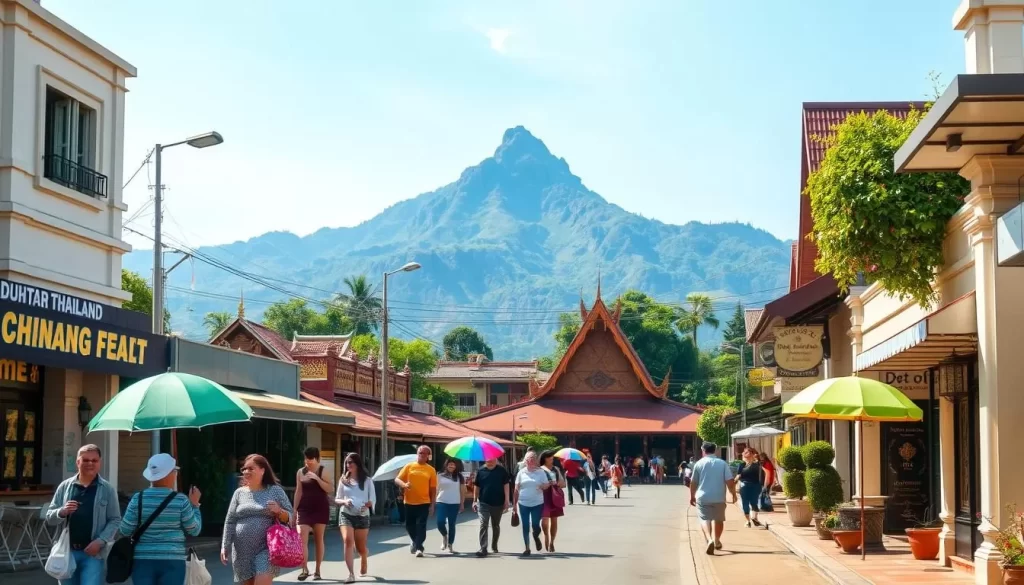
By being informed about these practical aspects, you can have a more enjoyable and stress-free trip to Chiang Mai. Whether you’re exploring the old city, visiting ethical elephant sanctuaries, or simply enjoying the local cuisine, being prepared will enhance your overall experience.
Conclusion
Whether you’re looking for spiritual enlightenment, culinary adventures, or simply a relaxing getaway, Chiang Mai has it all. This enchanting city offers a perfect blend of ancient traditions and modern comforts, making it an essential stop on any Thailand itinerary. As you explore Chiang Mai, you’ll discover that the city rewards those who venture beyond its main attractions.
Wander down side streets in the Old City, try khao soi at a local restaurant, and visit less-visited temples for a more authentic experience. If your trip coincides with November, don’t miss the Yi Peng Lantern Festival, a truly magical spectacle. Consider using Chiang Mai as a base for exploring northern Thailand, with easy day trips to national parks, waterfalls, and mountain villages.
Whether drawn to its temples, food, elephant sanctuaries, or laid-back atmosphere, you’ll find Chiang Mai to be a city that’s both excitingly foreign and comfortably familiar. It’s no wonder many visitors extend their stay or plan their return before they’ve even left.
The above is subject to change.
Check back often to TRAVEL.COM for the latest travel tips and deals.
Here are some Tours & Sightseeing suggestions that might pique your interests!
